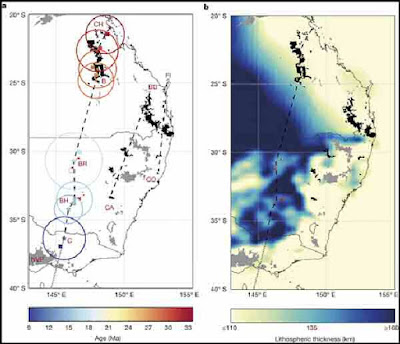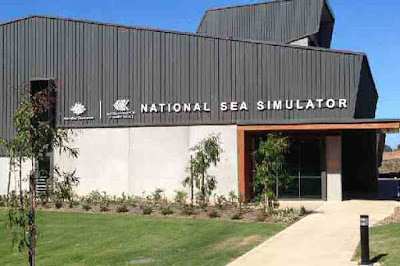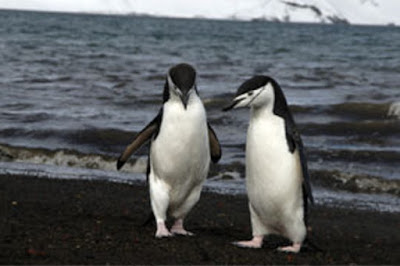Early traditional legends describe mermaids: supernatural beings that lived in the sea, a combination of human and fish. As time went on, they were described as having a human body and a fish’s tail. But where did the mermaid legend come from? For centuries, sailors travelled the oceans and returned to their homelands with tales of exotic creatures from distant shores, one of which was the mermaid. These sailors had been on the high seas for months. They may have been dehydrated, suffering from sunstroke, ill or simply lonely. They saw creature with smooth bodies and long flowing hair swimming through the water. Mermaids!

Of course to our eyes a dugong (Dugong dugori) does not look much like a mermaid. But to a lonely sailor with the sun in his eyes, these graceful aquatic human-like creatures could have captured the imagination. The long flowing hair was possibly sea grasses, which the dugong feeds on. In an early record in his book, A Voyage to New Holland, the explorer Captain William Dampier wrote in 1699 about a shark that his men had caught, slaughtered and ate.b He describes that in the mouth of one:
".. . we found the head and bones of a hippopotamus; the. hairy lips of which were still sound and not putrfied, and the jaw was also firm, out of which we plucked a great many teeth, 2 of them 8 inches long and as big as a man’s thumb, small at one end, and a little crooked. . ."
Dampier was describing a dugong. In an earlier book from 1688, A New Voyage Around the World, he writes of the dugong’s close cousin, the manatee:
"This creature is about the bigness of a horse, and 10 or 12 foot long. The mouth of it is much like the mouth of a cow, having great thick lips. The eyes are no bigger than a small pea; the ears are only two small holes on each side of the head. The neck is short and thick, bigger than the head. The biggest part of this creature is at the shoulders where it has two large fins, one on each side of its belly."
In Dampier’s time, there were many natural discoveries being made in yet undescribed lands like New Holland (Australia). Even though there are no hippopotamuses in Shark Bay, Western Australia, Dampier can perhaps be forgiven for thinking there were. Dugongs are more closely related to hippos and elephants than they are to marine mammals like whales and dolphins.
Dugongs, manatees (Trichechus spp.) and the extinct Steller’s Sea Cow (Hydrodamalis gigas) are in the animal order Sirenia, named for the beautiful sea sirens of classical mythology, a sea nymph, part woman and part bird. Legends tell of sea nymphs bewitching sailors with their siren song, luring ships to a shattering end (in rocky seabeds. Maybe the bewitching sound that entranced the lonely sailors was the whistling sound made by the large, strong male dugongs to keep their herds together.
Dugongs are large creatures, up to 3 metres long and weighing 400 kilograms. Even though they have small ears and eyes, their hearing and eyesight are excellent. Their heads are round and the mouth on then large fleshy snout faces down towards the seabed, which makes it easy for dugongs to feed on their favourite food - the young shoots of sea grasses. These grow in the muddy beds of shallow waters in northern Australia. Because they graze on sea grasses, dugongs are commonly called sea cows. Dugongs also have moustaches - heavy bristles that are excellent tor helping find the sea grasses in the murky water stirred up when they tear out the whole plant, roots and all. They manoeuvre the sea grasses into their mouths with their sensitive upper lip.

These marine oddities are slow and graceful. They steer and balance with their front flippers using them to ‘walk’ as they graze. They have a fluked or ‘wing-shaped’ tail which beats slowly up and down moving them through the water. Adult males and some elderly females have tusks. These are useful weapons for males during breeding season, when they need to fight off competing males.
Dugongs are slow breeders, giving birth under the water to only one pup about every three years. The calf often rides on the mother’s back or swims nearby; never straying far. They suckle for up to 18 months from the teats close to the base of die flippers. The calf begins feeding on sea grass within a few weeks of birth and remains with the mother until it is nearly the same size as her and is fully weaned. Its place will then be taken by another pup.
◆ Australiana by Ty Buchanan ◆
Australian Blog
●
mermaid entices ship dugong shipwreck coast beach sea sailors beauty articles news politics economics society anthropology historiography history sociology people nations country asia europe africa u.s. south america central Mediterranean eastern western interesting funny technology free news

















